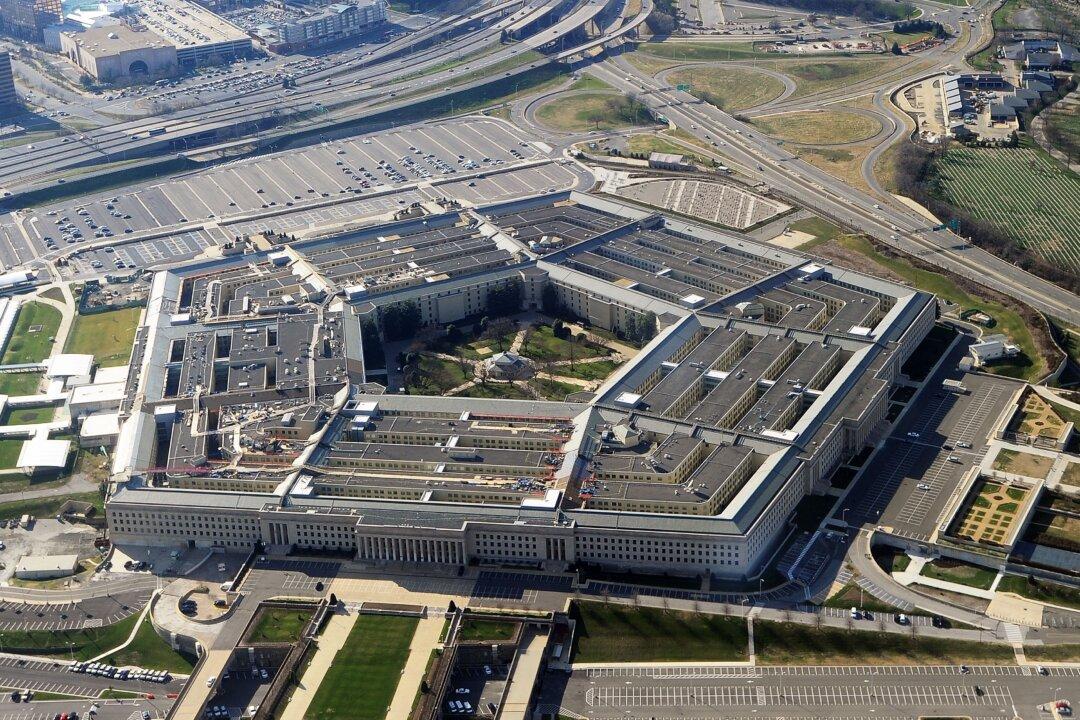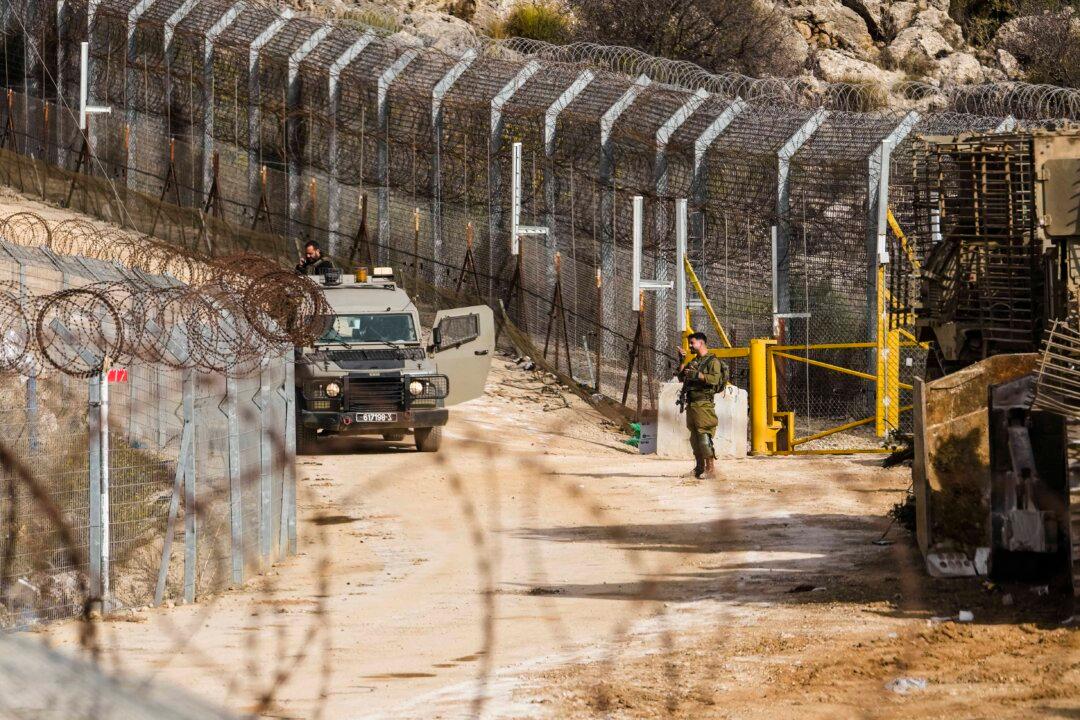The House Armed Services Committee is advancing an $883.7 billion proposal for the fiscal year 2025 national defense policy, known as the National Defense Authorization Act (NDAA).
Strategic Rivalries
The 2025 House NDAA includes provisions to maintain U.S. strategic readiness against the growing military capabilities of Russia and China.Another amendment broadly prohibits citizens or agents of China and Russia from accessing any national security laboratory or nuclear weapons production facility. This amendment includes a provision allowing the U.S. energy secretary to waive this prohibition for specific individuals if the secretary provides a 30-day advanced notice that such action serves U.S. national security interests.
Another amendment directs a review of the potential risks from a nuclear detonation in space, as well as whether any U.S. intelligence assets were compromised by recent leaks alleging Russia has begun developing a space-based nuclear weapon.
Yet another amendment directs the DOD to review the feasibility of conducting a naval blockade of Chinese fossil fuel imports in a hypothetical future armed conflict.
The current House NDAA includes another provision directing the DOD to review the reasons that the United States has not been able to deliver new F-16 fighter jets to Taiwan. These fighter jets could prove instrumental in a possible Chinese invasion to assert control over Taiwan.
The new House NDAA proposal also focuses on Iran and its influence across the Middle East and around the world.
The current House bill calls for a review of U.S. security assistance and training for the Iraqi military and its Popular Mobilization Forces (PMF). The PMF is an umbrella organization of Iraqi government-backed militias ostensibly formed to fight ISIS. The PMF includes many Shia Muslim factions with suspected ties to the Shia Iranian government.
Provisions in the House NDAA call for the DOD to review the influence that Iran-backed factions have within the U.S.-backed Iraqi state security sector and whether U.S. assistance and training have benefitted Iranian proxies within the PMF.
Ships, Aircraft, Vehicles, Weapons
The House version of the NDAA includes dozens of provisions addressing plans for maintaining and improving existing fleets of vehicles, ships, and aircraft, and procuring new ones. Total procurements for aircraft, ships, vehicles, and weapons systems account for about $163 billion of the 2025 House NDAA proposal.The House bill allocates $3 billion for the U.S. Army’s aircraft programs, including $2 billion to maintain the U.S. Army’s AH-64 Apache, UH-60 Black Hawk, and CH-47 Chinook fleets. The bill allocates about $6 billion for the Army’s missile programs.
The House Subcommittee on Tactical Air and Land Forces brought amendments requiring briefings, reports, and reviews of rotor and engine improvements for the Army’s existing Black Hawk and Chinook helicopters and procurements for the U.S. Air Force’s new MH-139 Gray Wolf helicopters.
The subcommittee also brought in a provision requiring the secretary of the Army to brief Congress about the timeline for the long-range point-to-point munitions for its AH-64 Apache helicopters, with particular concern about ensuring that these attack helicopters can continue to strike from afar as man-portable air defense systems—portable surface-to-air missiles—increasingly proliferate on modern battlefields and threaten to down helicopters.
The bill procures about $4 billion more for Army ground vehicles and infantry weapons systems.
On the naval front, the House NDAA proposal includes about $32 billion for U.S. Navy ship programs, including $9.5 billion for the Columbia-class ballistic missile submarine program, $7.3 billion for the Virginia-class fast-attack cruise missile submarine program, $721 million for the fourth planned Gerald R. Ford-class aircraft carrier, and $2.2 billion to overhaul and replace existing aircraft carriers.
The bill entails about $16 billion more for the Navy’s aircraft programs.
About $4 billion more will go to the U.S. Marine Corps’ various vehicles, artillery systems, and other programs.
About $19 billion will go to the U.S. Air Force’s various aircraft programs, including about $2.6 billion for the new B-29 Raider stealth bomber and $4.4 billion for the F-35 fighter jet.
Quality of Life, Recruiting, and Retention
The bill currently serving as the vehicle for the House’s 2025 NDAA is titled the “Servicemember Quality of Life Improvement Act.” The bill includes a 4.5 percent pay raise for U.S. service members across the board, as requested by the Biden administration. Some service junior enlisted troops will receive a 19.5 percent pay raise.Other measures to improve living conditions for service members include funding to reverse a 5 percent reduction in housing allowances that passed last year, extending a military spouse employment program, funding a military child care fee assistance program, and waiving fees and copays for the military’s Tricare Dental Program.
About $174 billion of the total House NDAA proposal will cover personnel costs for the year, and $17 billion from the overall NDAA budget will go toward military construction projects at various military installations around the world.
An amendment approved in the markup calls for a review of the number of service members discharged from service on the sole basis of marijuana use.
Another approved amendment would review the military’s efforts to reinstate service members discharged for refusing orders to be vaccinated against COVID-19.
Provisions within the bill note the Army’s future soldier prep courses to assist prospective recruits who may not meet physical or educational requirements to pass the basic service requirements. This provision within the bill commends the Navy for adopting a similar program and urges the other military branches to follow its lead.







